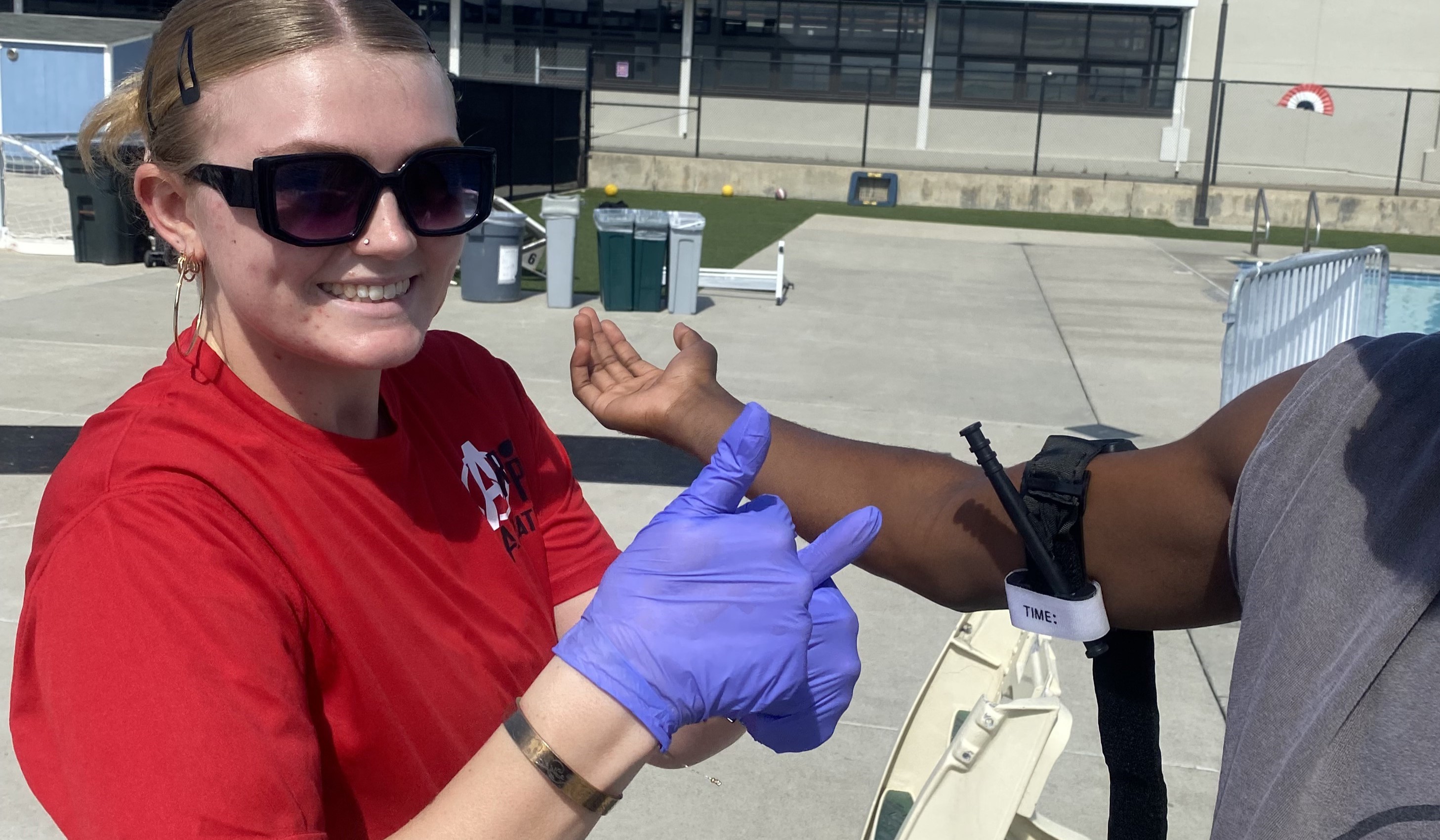The Independent Pool & Spa Service Association has commissioned new research geared specifically toward service technicians and salt chlorine generators.
The research was performed by scientists at the National Pool Industry Research Center at California Polytechnic State University.
“IPSSA has backed the research center in the past, but this has been the first time [the group] has donated a set amount of money to commission a specific research program,” said Lance Sada, IPSSA’s liaison to NPIRC.
The study was designed to determine if weekly service calls can adequately maintain the chemical balance in a salt-chlorinated pool.
To learn this, scientists at the Cal Poly facility monitored salt-chlorinated pools over set time periods, simulating service visits with weekly chemical adjustments. Aside from their chlorine generators, the pools used no automated chemical feeding and no ORP controller. Instead, scientists made all chemical adjustments manually. They then recorded the effects on various components of the system over time.
IPSSA will release a more detailed description of the research protocol, and will announce the results of the study, in the December issue of the IPSSAN newsletter.
“Salt-chlorine generators are still fairly new in the industry,” Sada explained. “There are a lot of opinions floating around about how to maintain a salt pool — but having an opinion and having scientific proof are two different things. Based on this data, we may find that we need to adjust our ranges for chemical balance, and things like that.”
Within the ranks of IPSSA, the response to the research has already been positive. “I’m pleased to hear that this is happening,” said John Bettencourt, president of John Bettencourt Pool Service in Hemet, Calif. The former IPSSA board member added that scientific studies performed for the service side of the industry have been a long time in coming. “It’s great to see someone commissioning research that pertains specifically to pool service people,” he said.
The IPSSA board also has expressed interest in continuing to work with the research center. “We [at IPSSA] have plans to continue this research on an ongoing basis,” Sada said. “We’re also hoping to commission more research projects from the NPIRC in the near future.”
Some in the industry perceive NPIRC as a research arm of the National Plasterers Council, but the reality is more complex. Though the research center was launched out of a partnership between NPC and Cal Poly, the Plasterers Council worked with the university to create a separate foundation (NPIRC) to which all fields of the industry would have access.
“[The NPIRC board] is actually made up of mechanical engineers, chemical companies, manufacturers, servicepeople, and plasterers,” Sada explained. “Its members represent the whole scope of our industry. They commission research that’s done by Cal Poly scientists at the Cal Poly facility.”
Despite the IPSSA board’s help, though, scientific research is never free. Sada emphasized that for service techs, today’s moderate investment in research could pay major dividends in the long run.
“Even if this research only ends up saving you $5 a day,” he said, “that’s around $1,800 you saved over the course of a year. Plus you’ve bettered yourself, so you can offer better service to your customers.”



